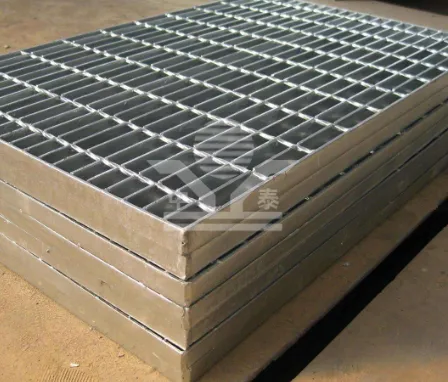Understanding the Pricing of Perforated Metal Sheets
Perforated metal sheets are widely used in various sectors due to their unique combination of aesthetics, functionality, and structural integrity. These sheets, characterized by their uniform patterns of holes, provide numerous benefits ranging from ventilation and sound absorption to filtering and aesthetic appeal. However, when it comes to acquiring perforated metal sheets, understanding the pricing mechanisms is crucial for businesses and consumers alike.
Factors Influencing the Price of Perforated Metal Sheets
1. Material Type The cost of perforated metal sheets largely depends on the type of metal used. Common materials include stainless steel, aluminum, mild steel, and copper, among others. Stainless steel, known for its corrosion resistance and durability, typically comes at a premium price compared to other materials. Aluminum is lighter and more resistant to corrosion than mild steel, making its price reflective of these properties.
2. Sheet Thickness The thickness of the perforated sheet can significantly affect pricing. Thicker sheets offer greater strength and durability, but they are also more expensive to manufacture and transport. Conversely, thinner sheets may be more cost-effective but may not provide the same level of structural integrity or longevity.
3. Hole Size and Pattern The dimensions and configuration of the holes also play a crucial role in determining the cost. Custom hole sizes and intricate patterns require more complex manufacturing processes, which can increase production costs. Standardized patterns are generally more affordable, while bespoke designs may entail additional fees for cutting and machining.
4. Quantity The volume of perforated sheets ordered can influence pricing as well. Bulk orders often lead to discounted rates due to economies of scale in production. Smaller orders may not benefit from these discounts, thereby increasing the overall unit price.
perforated metal sheet price

5. Fabrication and Finishing Additional treatments such as powder coating, galvanizing, or other finishing processes enhance the sheet’s appearance and performance. These extra steps can add to the base price, so it’s important for buyers to assess their needs carefully. Depending on the application, such treatments could be essential but may require additional budget allocation.
6. Market Demand and Supply Like any commodity, the market dynamics of demand and supply heavily influence prices. In periods of high demand, such as construction booms or significant infrastructure projects, prices may rise due to the increased competition for available materials. Conversely, during periods of lower demand, prices may stabilize or even decrease.
Where to Purchase Perforated Metal Sheets
There are various avenues for purchasing perforated metal sheets. Industrial suppliers, metal fabricators, and specialty retailers cater to different market needs, and it is essential to evaluate their pricing structures. Online marketplaces have emerged as a convenient option, allowing buyers to compare prices from multiple suppliers quickly. However, it’s advisable to consider factors such as shipping costs and delivery times when purchasing online.
Conclusion
In conclusion, the pricing of perforated metal sheets is influenced by a multitude of factors including material choice, sheet thickness, hole size, quantity ordered, fabrication processes, and prevailing market conditions. By understanding these elements, businesses and consumers can make informed decisions that align with their project needs and budget constraints. Whether for construction, architectural design, or industrial applications, knowing how to navigate the pricing landscape can lead to better purchasing outcomes and satisfaction with the final product.
-
Why Galvanized Trench Cover Steel Grating Resists Corrosion
NewsJul.10,2025
-
The Versatility and Strength of Stainless Expanded Metal Mesh
NewsJul.10,2025
-
Load Calculations in Steel Grating Platforms
NewsJul.10,2025
-
Keeping Pets and Kids Safe with Chicken Wire Deck Railing
NewsJul.10,2025
-
Hole Diameter and Pitch for Round Perforated Metal Sheets
NewsJul.10,2025
-
Aluminium Diamond Mesh in Modern Architecture
NewsJul.10,2025
Subscribe now!
Stay up to date with the latest on Fry Steeland industry news.

